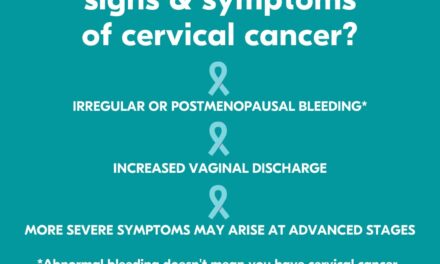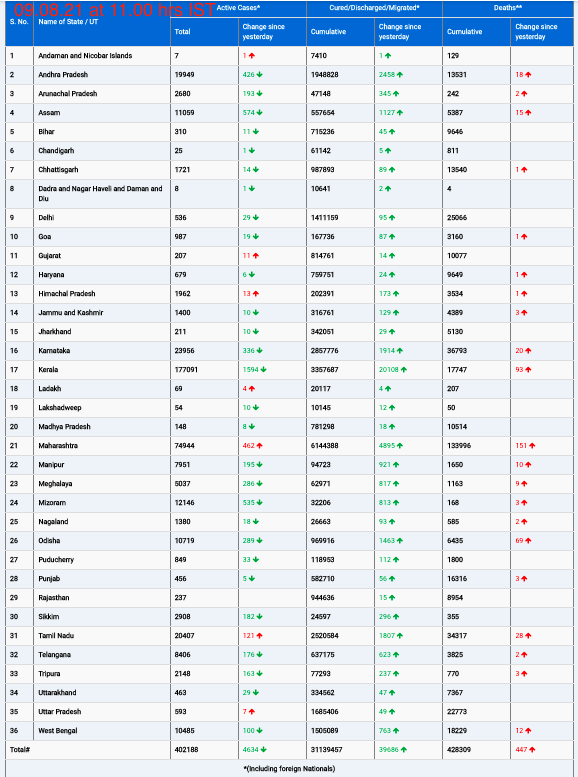November 8, 2024
A recent study led by researchers at Charles Sturt University in Australia predicts a dramatic rise in global cancer cases and deaths by 2050, with low Human Development Index (HDI) countries facing a particularly steep increase. The study, titled “Global Disparities of Cancer and Its Projected Burden in 2050,” was published in JAMA Network Open and draws on data from the Global Cancer Observatory to highlight the urgent need for improved cancer prevention and care worldwide.
Researchers analyzed 36 types of cancer across 185 countries, using demographic data—including age, sex, and HDI levels—to assess current and future cancer rates. The study also utilized United Nations population projections to estimate how a larger, older global population might impact cancer cases and deaths if current cancer incidence rates persist.
Key Findings: Rising Cancer Burden
The analysis projects a 76.6% increase in global cancer cases, from 20 million in 2022 to 35.3 million in 2050, while cancer deaths are expected to nearly double, rising by 89.7% to reach 18.5 million by mid-century.
Disparities in Impact by HDI Level
The study reveals stark differences in cancer impact based on HDI levels. Low HDI countries are projected to see cancer cases nearly triple, with a 142.1% increase in cases and a 146.1% rise in deaths by 2050. Very high HDI countries, meanwhile, are expected to experience more moderate increases of 41.7% in cases and 56.8% in deaths. These disparities highlight the challenge for low HDI countries, where limited access to healthcare, early diagnosis, and treatment lead to poorer survival outcomes.
Mortality-to-Incidence Ratio (MIR) as a Measure of Survival
The Mortality-to-Incidence Ratio (MIR), which represents the proportion of cancer deaths relative to new cases, was used to measure cancer survival rates. In 2022, the global MIR stood at 46.6%, meaning nearly half of those diagnosed with cancer died from the disease. Low HDI countries exhibited higher MIRs, with African countries showing an MIR of 67.2%, indicating that the majority of those diagnosed with cancer do not survive. In comparison, very high HDI countries, including Australia, had lower MIRs, reflecting better healthcare infrastructure, early detection, and access to treatments.
Variations by Region, Sex, and Age
Africa is expected to face the most significant increase in cancer cases and deaths, with a projected 139.4% rise in cases and a 146.7% increase in deaths by 2050. Europe, in contrast, is projected to have the smallest increase, with a 24.6% rise in cases and a 36.4% increase in deaths.
The study also points to disparities in cancer outcomes by sex, with males seeing higher incidence and mortality rates. This gap is expected to widen by 2050, with male cancer cases increasing by 84.3% and deaths by 93.2%, compared to female cases increasing by 68.5% and deaths by 85.2%. Factors such as higher tobacco and alcohol use among men, and lower access to screening, may contribute to these differences.
Need for Global Health System Strengthening
The study’s authors underscore the need for targeted action, particularly in low HDI countries, to mitigate the growing cancer burden. “Strengthening healthcare access and quality, including universal health insurance coverage, and improving healthcare systems in cancer prevention, early diagnosis, management, and treatment, will be paramount for improving outcomes and slowing projected trends,” the researchers conclude.
As the world approaches a likely surge in cancer cases, the call to action is clear. Equitable access to healthcare resources, targeted prevention strategies, and stronger healthcare infrastructure are essential to combatting what could be one of the most pressing global health challenges of the coming decades.
Reference:
Bizuayehu, H. M., et al. “Global Disparities of Cancer and Its Projected Burden in 2050.” JAMA Network Open, 2024, DOI: 10.1001/jamanetworkopen.2024.43198.












